Double Jointed or Hypermobile
We’ve all seen it—the boy on the playground who can bend his thumb back until it touches his forearm or the girl who can straighten her arm until her elbow bows out and it looks like it’s been dislocated. Despite how it looks, is there such a thing as being double jointed? As it turns out there is really no such thing. These extremely flexible individuals are not double jointed – they are actually hypermobile. Read on to learn more about hypermobility and the “hyperflexible” genetic disorder – Ehlers Danlos Syndrome (EDS)
Hypermobility
Hypermobility is not a super power. About 10-20% of people are hypermobile and can move their joints beyond the standard range. For most people, if you try to straighten your arm past 90 degrees, you would probably dislocate your elbow. While flexibility through stretching and exercise is possible, that super flexibility in hypermobile people is thought to be genetic. (Caused by a collagen abnormality where the surrounding tendons and ligaments are “overly elastic”, allowing joints to move in an exaggerated position.)
While hypermobility does come with some cool benefits, like being able to place your hands flat on the floor without bending your knees and the chance to be part of Cirque de Soleil, there can be significant drawbacks. Since that “elasticity” means the joints are less stable, hypermobility can increase the risk of arthritis, pain, discomfort, sprains, scoliosis, and susceptibility to injuries. Hypermobility, which appears to be a genetic trait that affects more women than men, is also linked to increased risk of diseases like irritable bowel syndrome and asthma since it affects the entire body and not just the joints.
Treatment for Hypermobility
Fortunately for most people, hypermobility decreases with age and causes no pain. For those who do experience pain, non-steroidal anti-inflammatories (such as ibuprofen) can help manage the symptoms. Exercises that focus on stabilizing and strengthening the muscles can also help relieve discomfort and protect from injury.
Ehlers Danlos Syndrome
There is a small population who have hyperflexible joints, as well as stretchy, elastic, fragile skin that doesn’t heal well. This is due to a rare genetic disorder called Ehlers Danlos Syndrome (EDS). There is no cure for EDS but it can be managed with lifestyle changes, physical therapy, anti-inflammatories, and wearing splints.
Splints and Braces for EDS
Splints and braces work to support a joint in a neutral position, while still allowing daily activities without pain. Supporting joints with a splint or brace allows freedom of movement, but within a normal range – which helps to reduce ligament and tendon sprains and dislocations.
For hyperflexible fingers, Oval-8 Finger Splints can be helpful. Oval-8 splints are designed to prevent hyperextension, but still allow your fingers to bend. They come in a broad range of sizes so they will fit almost any hand and are thin enough to be worn on several fingers at the same time if necessary.
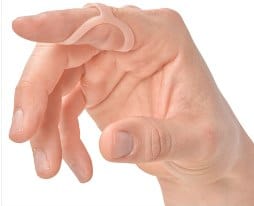
Soft, braces such as the 3pp Wrist Wrap or the 3pp ThumSling can also provide support and help prevent injuries.
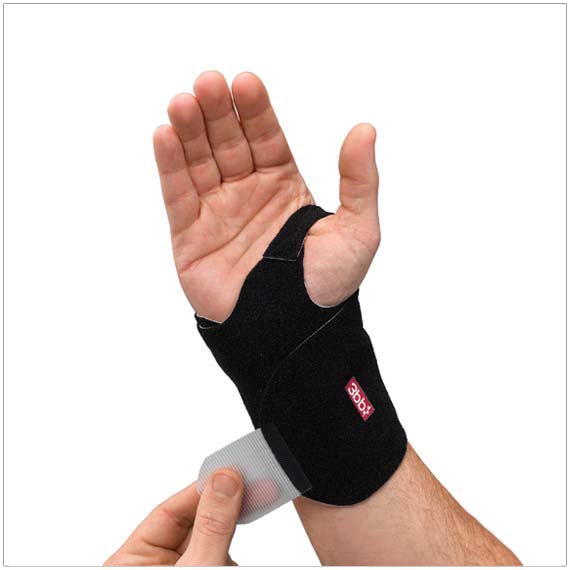
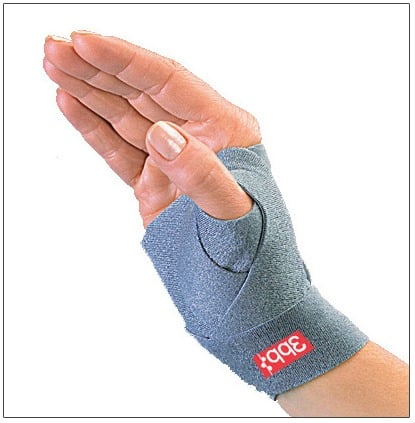
Protective gloves, such as Protexgloves, are designed to protect the skin and apply gentle compression to support your fingers while still allowing full use of your hands.
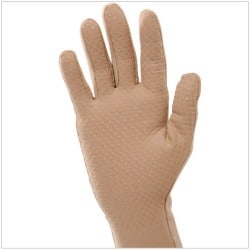
Like what you’ve read? Click here to subscribe to the blog!
Looking for More Information on Hypermobility or EDS?
Click on the image below
Our blogs are educational in nature and are not intended as a substitute for medical advice. Because your condition is unique to you, it is recommended that you consult with your health care provider before attempting any medical or therapeutic treatments. We are always happy to answer questions about products mentioned in our blogs, however, we cannot provide a diagnosis or medical advice.

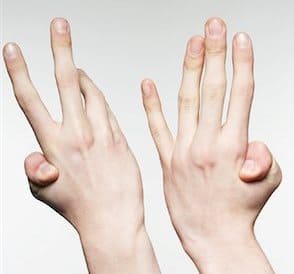

Oh I enjoyed reading this thank you
Such interesting educational info.
I would like to use your link in an article Im working on. Could you please email me with a Yes or No answer. I have Classical Type EDS and Im just telling a story of ME and how all my life I was told you’re double jointed so I just chalked it up to that.